Canadian paid subscribers: Please see the note at the bottom of the post.
It used to be my favourite holiday, sillier than April Fools’ Day and scarier than Hallowe’en. America Recycles Day, (ARD), organized by the Keep America Beautiful people, is “the only nationally-recognized day dedicated to promoting and celebrating recycling in the United States.” Every November 15 since 2008, I have started my post with:
Let’s call recycling what it is- a fraud, a sham, a scam perpetrated by big business on the citizens and municipalities of America. Recycling makes you feel good about buying disposable packaging and sorting it into neat little piles so that you can then pay your city or town to take it away and ship it across the country or farther so that somebody can melt it and downcycle it into a bench if you are lucky.
Many of the original sponsors have bailed, but the list of current sponsors tells a story of its own; we have two beer companies, the bottled water associations and the paper packaging people. They are patting us on the head for picking up their waste, which should be their responsibility.
But what’s this, two cigarette manufacturers? Oh, they must be flipping out over what’s happening in Europe, where tobacco companies are being forced to pick up the bill for cleaning up cigarette butts. According to the Guardian, “cigarette butts are the most common form of marine pollution, more even than plastic bags and bottles, with an estimated 5bn discarded in the ocean.”
ARD is a shadow of its former self, as people caught on to what a sham recycling really was when China stopped accepting our waste a few years ago. Recycling now costs municipalities more than incinerating or landfilling, and many are cutting back. Glass is worthless, plastic is worth a fraction of what it used to be, and only cardboard and aluminum have any value. Some cities pay more per tonne to have food waste composted than one actually pays for commodities like wheat or corn. You know something is wrong with the system when food is cheaper than compost.
So, how did we get into this mess? Besides writing about the history of recycling on this day every year, I also teach it to my Sustainable Design students at Toronto Metropolitan University, this year right on America Recycles Day today. Here is the outline of this morning’s lecture:
75 years ago, if you wanted a cup of coffee or a bite to eat, you went to a restaurant or diner, sat down and got served your coffee in a porcelain mug and ate off a china plate. There were no litter bins on the street because there wasn't much litter. It was pretty much a closed, circular system where the restaurant owner sold you food or coffee and kind of rented you the vessel you ate or drank from.
Soft drinks like Coke and hard drinks like beer were made and distributed locally because bottles were expensive and heavy, so they were collected, washed and refilled, but most importantly, transportation was slow and expensive. It was circular, with the producer taking responsibility for the product and its packaging, but circles operate most efficiently when they are smaller, So there were bottlers and breweries and dairies in every small city and town.
But everything changed after the Second World War with the development of the “Interstate and Defense Highways.” When Russia got nuclear bombs, a vast de-densification program was started to connect America with a mat of highways, to move corporate offices and factories out of cities, and to promote suburban development, spreading everyone out so that the Russians would need a lot more bombs. But in one way, it had the opposite effect; it made it easy to move goods by truck and to centralize production of the kinds of things that used to be made locally, like beer and Coke.
Bill Coors, based in Colorado right in the middle of the country with roads leading in all directions, recognized the opportunity. His beer wasn’t pasteurized and couldn’t travel far, but the highway system and the refinement of the refrigerated truck and trailer (reefers) invented in 1935 by Frederick McKinley Jones gave him extra range.
Coors invested millions in refining the two-piece aluminum can and brought it to market in 1959, transporting his beer in aluminum cans in reefer trailers on the marvellous highways built by the U.S. government. It changed the economics of the beer business, and soon, Coors was available coast to coast. Others followed this pattern.
The new highways, the new suburbs, and the new mobility meant new ways of eating; there is no need to spend lots of rent on places for people to sit down to eat, or to have wait staff to serve them when they can serve themselves and sit in their cars. It was vastly more cost-effective to have disposable packaging and not have to worry about it afterward. So McDonalds and other drive-in and drive-through chains proliferated around the country. It was so convenient, fast and cheap.
As Emelyn Rude writes in Time: "By the 1960s, private automobiles had taken over American roads and fast-food joints catering almost exclusively in food to-go became the fastest growing facet of the restaurant industry." Now we were all eating out of paper, using foam or paper cups, straws, forks; everything was disposable. But while there may have been waste bins at the McDonalds' parking lot, there weren't many on the roads or in the cities; this was all a new phenomenon.
Nobody knew what to do with all the waste, so they just threw it out of their car windows or left it everywhere. There is the great picnic scene in Season Two of Mad Men, where Betty Draper just picks up the picnic blanket and shakes it out, leaving all the garbage on the ground. People did this!
There was no culture of picking things up and throwing them in a bin because when there were china plates and returnable bottles, there was almost no waste to speak of. We had to be trained. So the Keep America Beautiful organization, founding members Philip Morris, Anheuser-Busch, PepsiCo, and Coca-Cola, was formed to teach Americans how to pick up after themselves with campaigns like "Don't be a litterbug 'cause every litter bit hurts" in the sixties:
This created an entirely new problem: all the dumps were filling up. Heather Rogers wrote in her essay, Message in a Bottle, about what happened when we learned to pick up after ourselves and the first Earth Day approached:
All this eco-friendly activity put business and manufacturers on the defensive. With landfill space shrinking, new incinerators ruled out, water dumping long ago outlawed and the public becoming more environmentally aware by the hour, the solutions to the garbage disposal problem were narrowing. Looking forward, manufacturers must have perceived their range of options as truly horrifying: bans on certain materials and industrial processes; production controls; minimum standards for product durability.
Local and State governments threatened bottle bills to put deposits on everything, which would have sent the bottlers and the entire convenience industry back to the dark ages. So they fought back, and they invented recycling. That’s when we got the famous "Crying Indian" ad starring actor Iron Eyes Cody, ( actually an Italian named Espera Oscar de Corti,) who portrayed a Native American man “devastated to see the destruction of the earth's natural beauty caused by the thoughtless pollution and litter of a modern society."
But they did much more than just train us to pick up their garbage, separate it into piles, and pay taxes to have it picked up; they taught us to love it. We are trained from our first Playmobil and Paw Patrol set that recycling is among the most virtuous things that we can do in our lives. Studies have shown that for many people, it is the ONLY "green" thing that they do.
Water bottles are a big part of what’s in the blue box, and the convenience industry taught us that, too. It used to be that the only people carrying canteens were Boy Scouts and soldiers, but the industry convinced us that we had to stay hydrated and that water from the tap wasn't good enough. As Elizabeth Royte wrote in "Bottlemania," one PepsiCo marketing VP said to investors in 2000, "When we are done, tap water will be relegated to showers and washing dishes."
Recycling was always performative; most of the recyclable plastic wasn't turned into benches or anything. It was never circular; only two percent of plastics were actually turned into the same thing they started as. 8 percent might be down cycled into a bench or plastic lumber. Most got landfilled, incinerated or leaked into the ocean. When China closed its doors to our waste, it became essentially worthless. The entire recycling system has been exposed as a Potemkin Village where a lot of people look busy and it costs everybody a lot of money, but doesn't really do much at all except make people feel good.
Now that conventional recycling is broken, the industry’s latest invention is “chemical recycling” where they propose elaborate chemistries of conversion, decomposition and purification to reduce plastics to their original chemical components. They have also hijacked the word “circular” when it is nothing of the kind. According to a recent Beyond Plastics study,
Chemical recycling is inefficient, energy-intensive, and contributes to climate change. According to U.S. government researchers, the energy needs (derived from plastic waste itself or additional fossil fuels) of chemical recycling can create as much as 100 times more damaging environmental and climate impacts than virgin plastic production.
They note also that it produces large amounts of toxic waste, and is often little more than incineration, it’s difficult and it’s expensive. A representative of Chevron Phillips likened the commercialization of chemical recycling to “going to Mars.”
This sham of a circular economy is just another way to continue the status quo, with some more expensive reprocessing. It is the plastics industry telling government "don't worry, we will save recycling, just invest zillions in these new reprocessing technologies and maybe in a decade we can turn some of it back into plastic." It ensures that the consumer doesn't feel guilty buying the bottled water or the disposable coffee cup because after all, hey, it's now circular.
This is why America Recycles Day is so hilarious because if you follow it through the years, you can sense the industry’s desperation. A few years ago, the bottle wanted to be a bench, and they told us to give our garbage another life.
Today, it’s not garbage anymore; they want to rebrand it as a “renewable resource,” so we will keep picking it up and now will pay more for their chemical recycling.
On this America Recycles Day, we should all say no. Let’s make this Zero Waste Day and aim for the banning of single-use plastics. And if you want a cup of coffee or a glass of water, sit down and enjoy it in a refillable container.
Canadian subscribers: I left the payment system on its default US$ because the majority of my readers are in the US. However, when I turned on the system yesterday, I found that Canadians are being hosed on the exchange rate. I am, too, at the other end! I am communicating with the support people and will see what I can do to switch to Canadian currency.





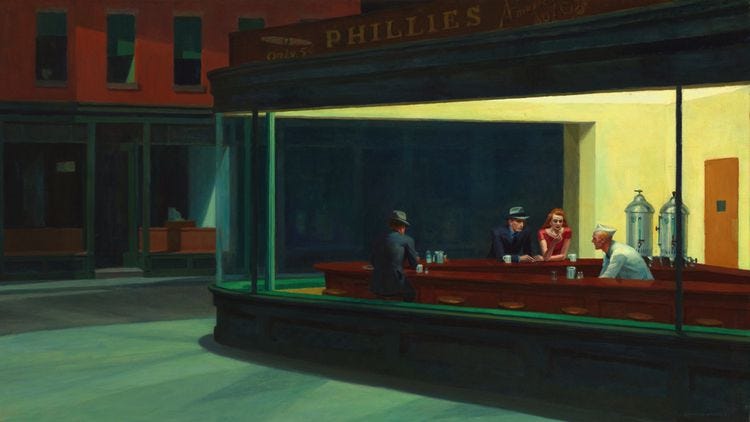


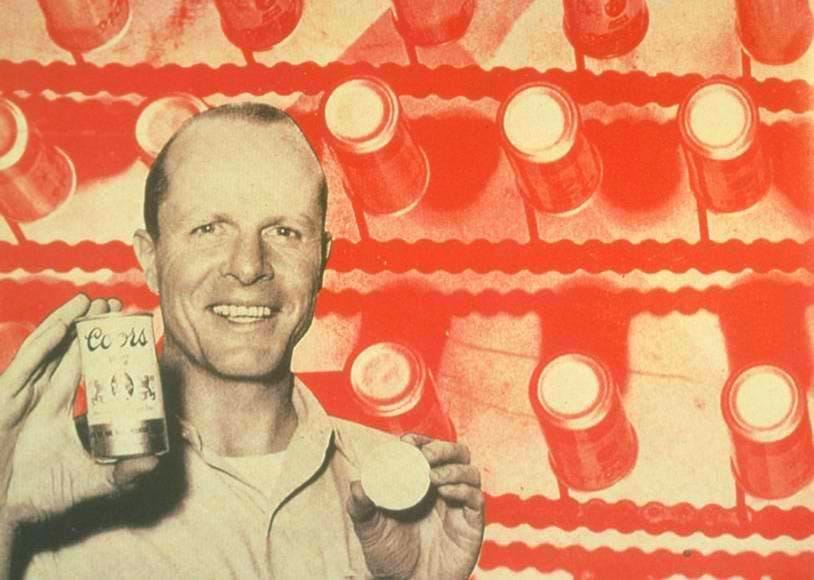

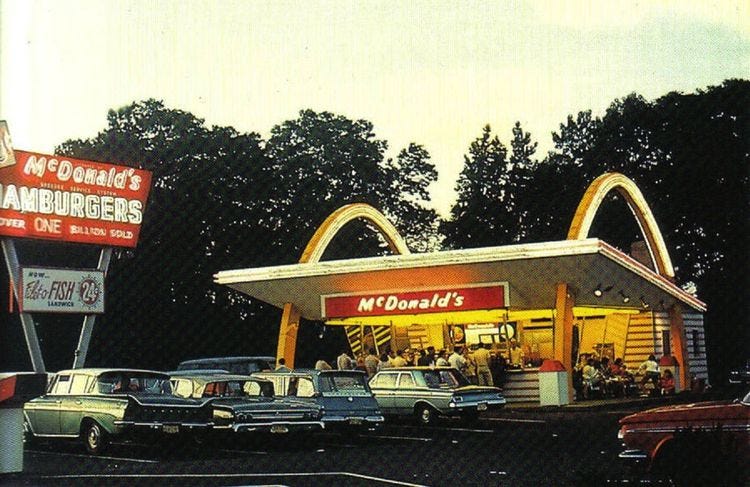

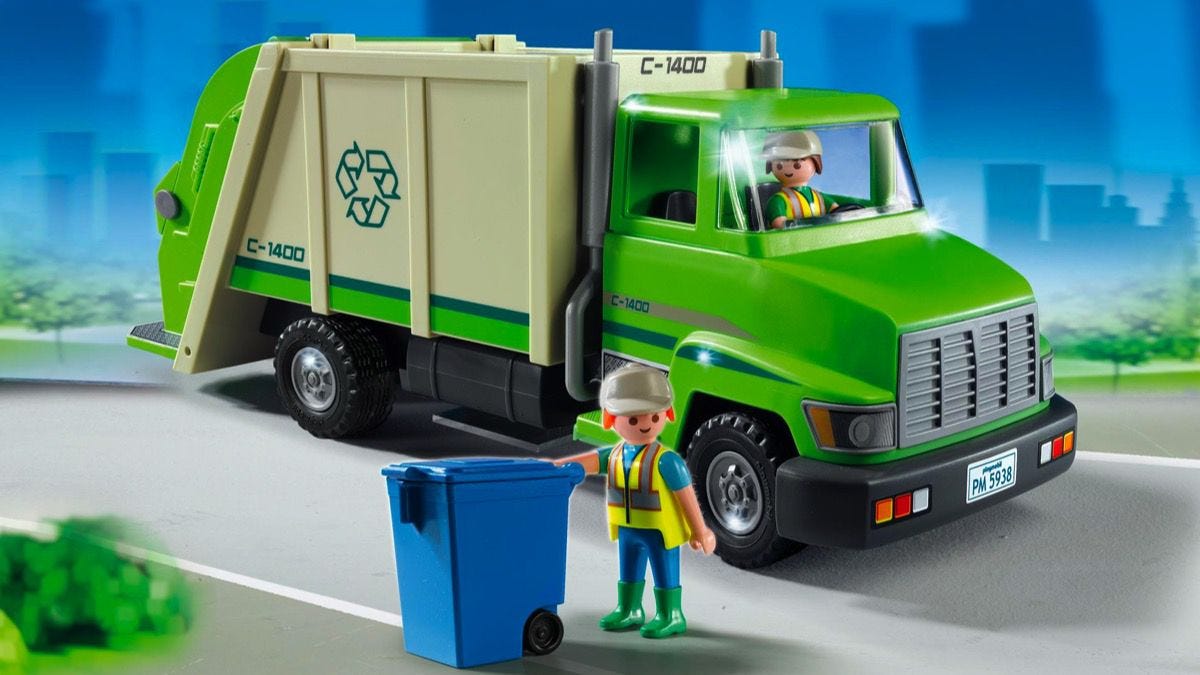
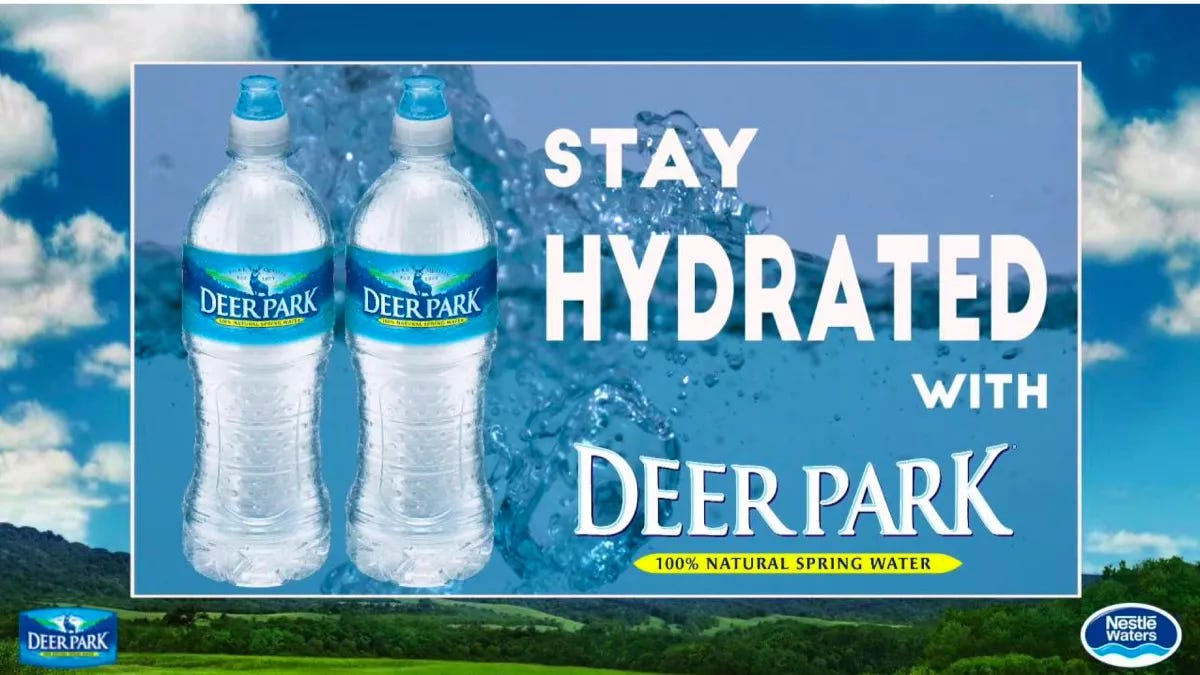

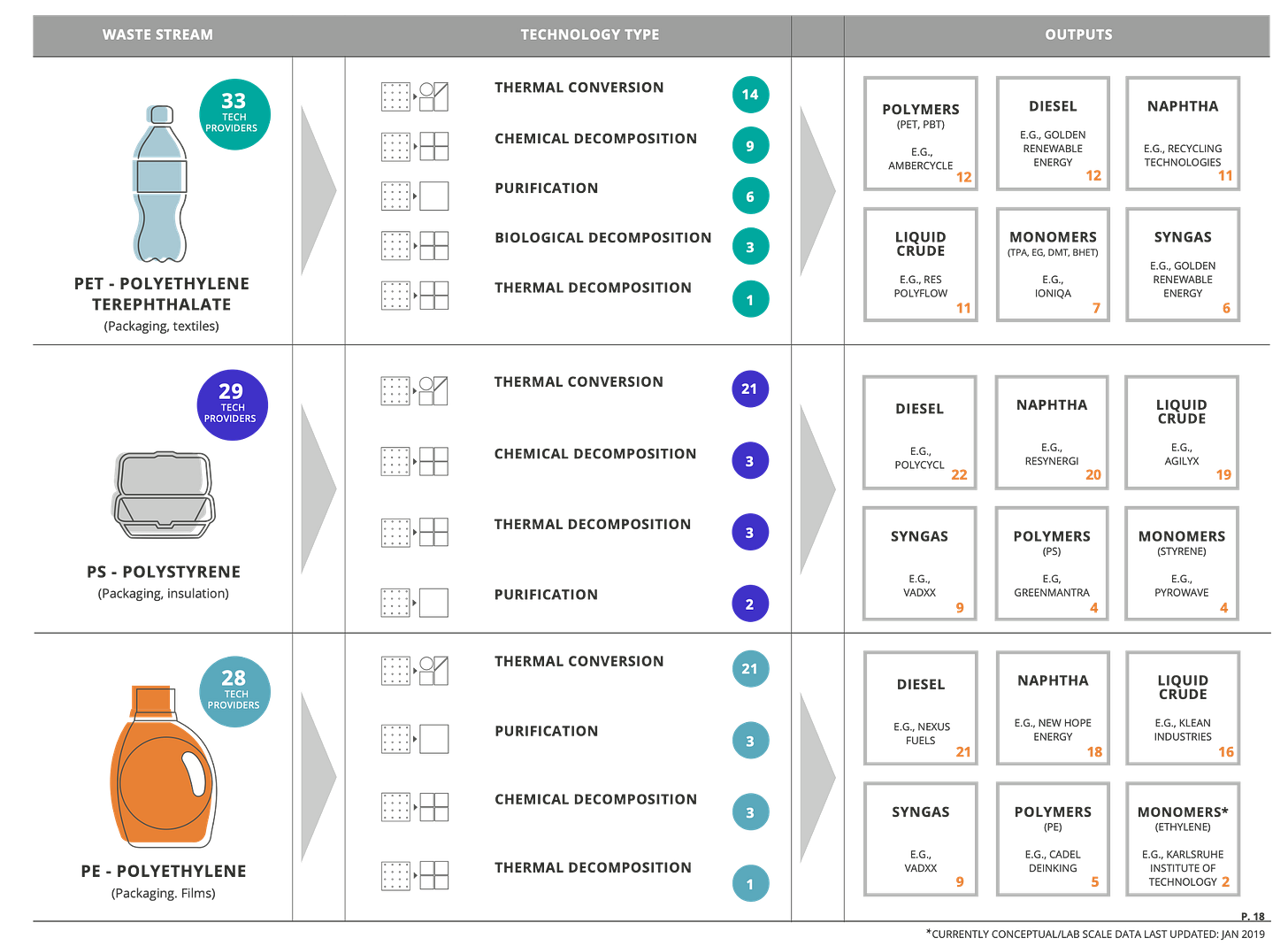

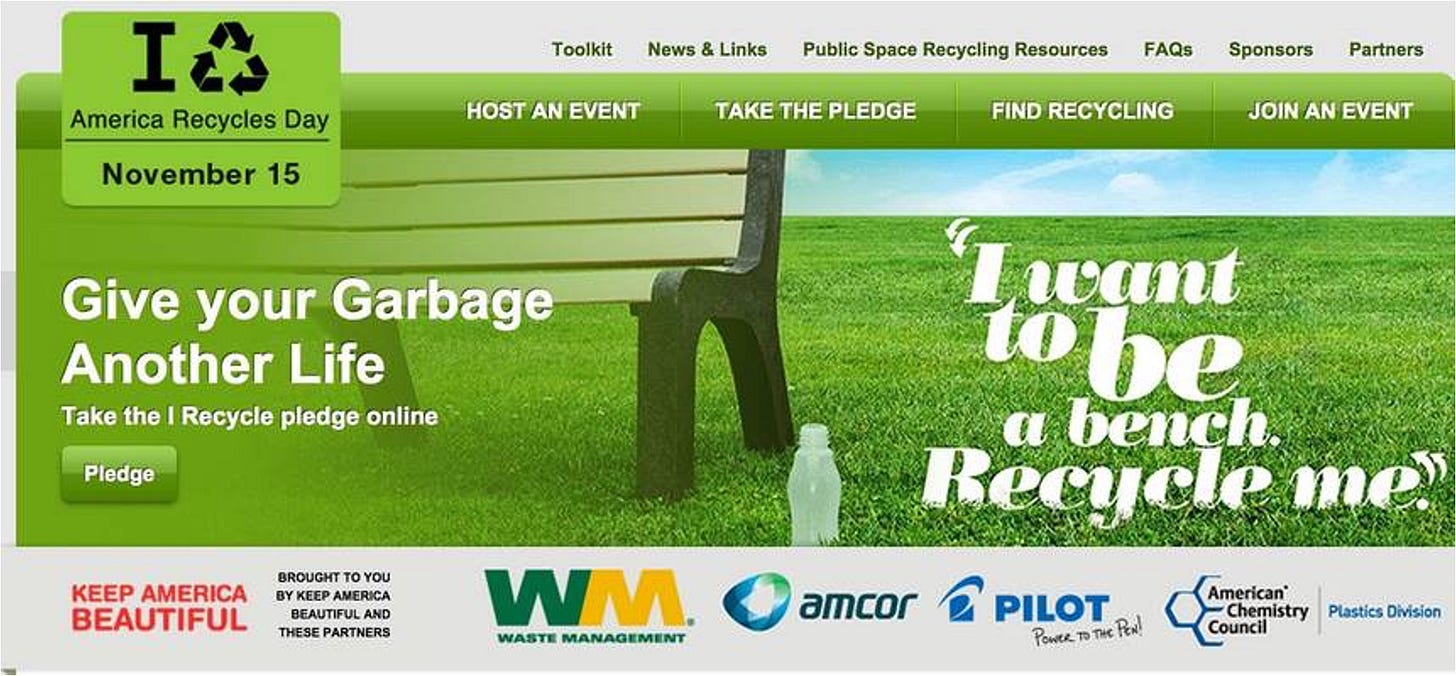

I am always amazed how people think. When you buy something, it becomes that persons. Even when you could return a bottle and get a nickel. It was yours until you sold it back to the buyer. Nothing has changed. The only thing that will change if you make the government make the company take back what can't be used, is the price of the goods to be thrown away. Now if the environmentalists want to finally take the blame for the way we are dealing with trash now, and live in the real world, we probably can get some where with this trash problem. Until then, we are going to keep going the same direction.
Asking for a clarification here. Are you saying the whole idea of a circular economy is bullshit, or just parts of it?